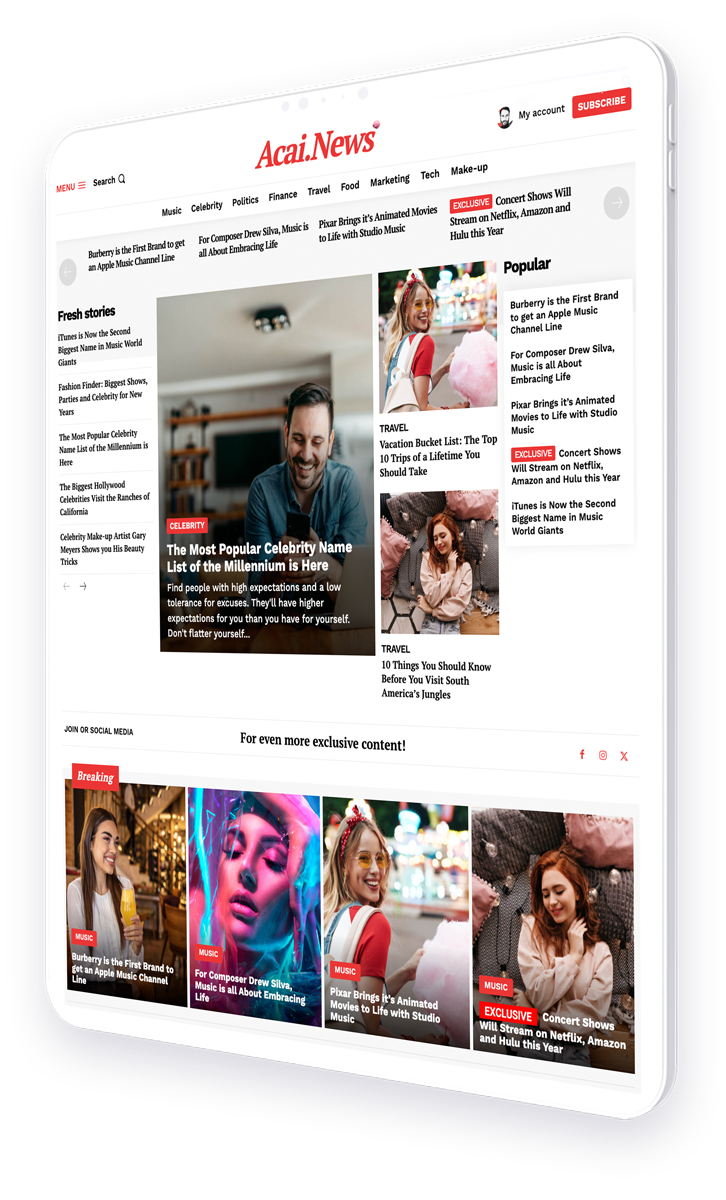Personalized publishing strategies powered by AI to reach segmented audiences
As the digital landscape evolves, the publishing industry is turning to artificial intelligence (AI) to craft personalized content strategies that resonate with segmented audiences. This transformation is not just about reaching more readers; it’s about engaging them in more meaningful, impactful ways. In this comprehensive guide, we’ll explore how AI is reshaping publishing and how businesses can leverage these technologies to achieve remarkable results.
- Introduction to AI in Publishing
- Understanding and Segmenting Audiences
- Key AI Tools and Technologies
- Developing AI-Powered Publishing Strategies
- Case Studies and Success Stories
- Challenges and Considerations
- The Future of AI in Publishing
- Conclusion
Introduction to AI in Publishing
The integration of AI in publishing is revolutionizing how content is created, distributed, and consumed. AI technologies enable publishers to analyze vast amounts of data to identify trends, predict reader preferences, and deliver personalized content that enhances reader engagement and satisfaction. This shift is not merely technological but strategic, fostering deeper connections between publishers and their audiences.
Understanding and Segmenting Audiences
At the heart of personalized publishing strategies lies a deep understanding of the audience. AI excels in gathering and processing large datasets to segment audiences based on various demographics, interests, and behaviors.
- Demographic segmentation: Age, location, education level
- Behavioral segmentation: Purchase history, reading habits
- Psychographic segmentation: Interests, values, lifestyles
By leveraging AI to dissect these layers, publishers can create highly tailored content that speaks directly to the interests and needs of different audience segments.
Key AI Tools and Technologies
Several AI tools and technologies are pivotal in transforming publishing strategies:
- Machine Learning algorithms for predictive analytics
- Natural Language Processing (NLP) for content creation and optimization
- Data visualization tools for audience insights
These tools not only streamline content creation but also ensure that the content is optimized for the right audience at the right time.
Developing AI-Powered Publishing Strategies
To effectively implement AI in publishing, it is crucial to develop a comprehensive strategy that aligns with business goals and audience needs. This involves several steps:
- Setting clear objectives for AI integration
- Identifying the right tools and platforms
- Creating a data-driven content calendar
- Continuously testing and refining approaches
Each step requires careful consideration and execution to ensure that the AI-powered strategy delivers maximum impact.
Case Studies and Success Stories
Many leading publishers have successfully integrated AI into their strategies. For example, The New York Times uses AI to analyze reader data and optimize content delivery across various platforms. This approach has not only increased engagement but also boosted subscription rates.
Another example is a digital magazine that uses AI to personalize content recommendations, resulting in a 30% increase in reader retention. These case studies demonstrate the potential of AI to transform publishing outcomes significantly.
Challenges and Considerations
While AI offers numerous benefits, there are challenges and ethical considerations that must be addressed:
- Data privacy and security concerns
- Risk of bias in AI algorithms
- High initial investment in AI technologies
It is essential for publishers to navigate these challenges carefully to fully leverage AI’s potential while maintaining trust and integrity in their operations.
The Future of AI in Publishing
The future of AI in publishing looks promising, with advancements in AI technology continuing to open new avenues for content personalization and audience engagement. As AI tools become more sophisticated, they will provide even deeper insights and more precise content targeting, driving the evolution of the publishing industry.
Conclusion
In conclusion, AI-powered personalized publishing strategies offer a powerful means of reaching and engaging segmented audiences. By understanding the audience, leveraging the right AI tools, and continuously refining strategies, publishers can achieve unprecedented levels of engagement and success. As the industry moves forward, those who embrace these AI-driven approaches will likely lead the charge in the new era of digital publishing.




